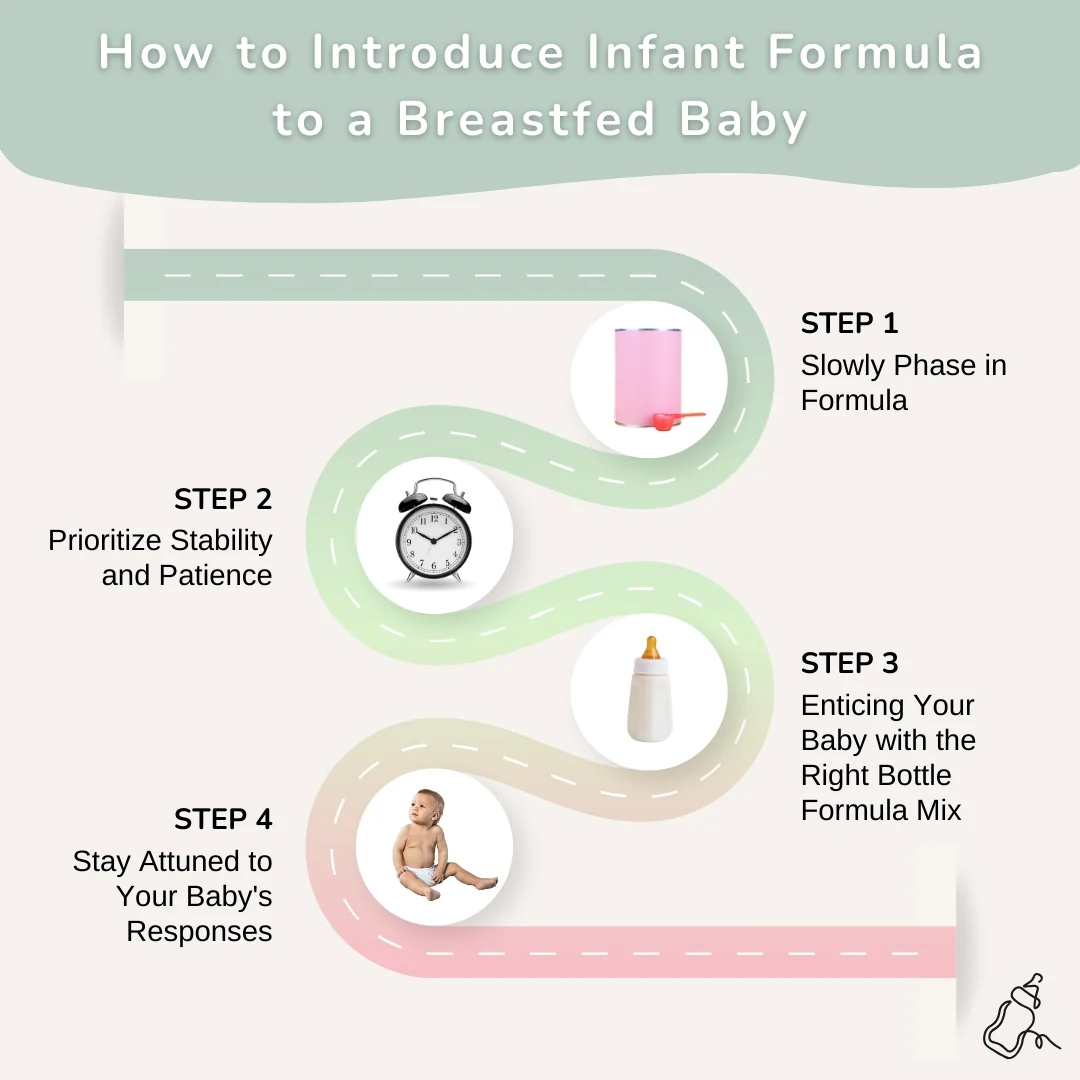Frequent breastfeeding is central to reducing formula dependency. Aim for 10 daily nursing sessions, and consult a lactation specialist if challenges arise.
Begin by avoiding abrupt reductions in formula supplements. Instead, adopt a gradual approach. Start by consulting the baby’s healthcare provider and tracking daily supplement intake over several days. Prioritize using expressed breast milk for supplements when possible, and incorporate donor milk or formula only if necessary.
Days 1–3: Reduce the total daily supplement volume by 1 oz (30 mL). Monitor diaper output closely—if adequate, maintain this adjusted amount and offer the breast whenever the baby seeks more nourishment.
Days 4–6: Further decrease supplements by another 1 oz (30 mL). Continue observing diaper patterns to ensure sufficient intake, and encourage breastfeeding for additional feeds.
Days 7–9: If progress is steady, reduce supplements by 1–2 oz (30–60 mL). Maintain vigilant tracking of diaper counts and weight gain. Once supplements consist solely of expressed milk, transition more rapidly by focusing on direct breastfeeding.
Pause or adjust the plan if weight gain or diaper output becomes borderline. Weekly weight checks and ongoing communication with the healthcare provider are essential to confirm healthy growth.
To boost milk production, incorporate regular pumping sessions. Aim for 8–10 daily nursing or pumping cycles, using a hospital-grade double pump for efficiency. Pump for 20–30 minutes if the baby skips a feed, or 10–15 minutes after incomplete nursing sessions. For optimal results, continue pumping 2–5 minutes after milk flow stops and use breast massage or compressions to fully empty the breasts.
This dual approach—phasing out supplements while maximizing milk removal—supports both supply growth and the baby’s transition to exclusive breastfeeding. Consistency and patience are key to achieving long-term success.




